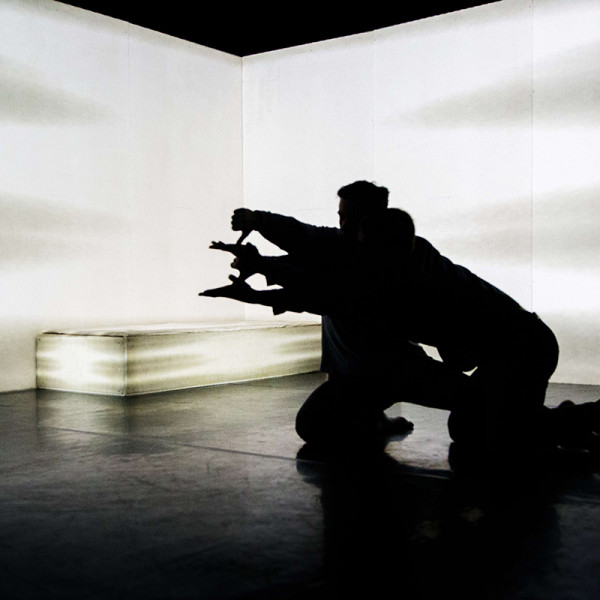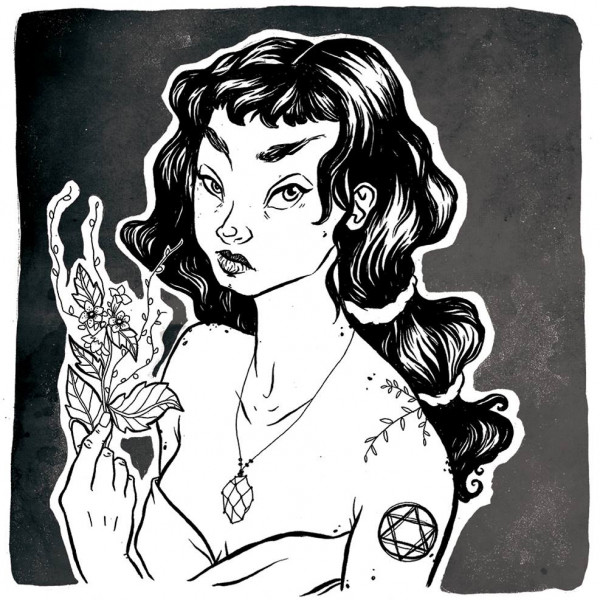
Paper Shaper
Devised by: Peter Wilson and Tim Denton
Presented by: Little Dog Barking Theatre Company
Directed by: Peter Wilson
Running at Circa Theatre until 27th Apr 2019
Reviewed by: Susan Barker
Paper Shaper is a gentle, lovely story of a little man who lives in picture form on the side of a rubbish bin. When no one is around, he comes to life and uses the paper tossed in the bin to create birds, flowers, butterflies, and a sun – essentially, a whole world.
The play takes place in a park with the set consisting of a rubbish bin, trees, and a park bench. The paper shaper quickly endears himself to the audience, constructing magnificent paper creations, comically struggling with the heat of his self-designed sun, and dealing with the aftermath of the rain clouds he made as a solution.
The production is advertised as “The antithesis of big brand kids’ entertainment such as Hi-5 or the Wiggles”. This could not be more accurate. There were no flashing images, thumping music, or over the top theatrics. The children are drawn in gently and carefully, making this production perfect for under-5s. Every movement is gradual so that the children have no problem keeping up. I have to say, as an adult, it forced me (in a good way) to just slow down and enjoy – I think parents, along with children, can get addicted to fast-paced entertainment.
The crux of the story begins when an older man comes to the park to enjoy a picnic and has his plastic bottle and Styrofoam container rejected (or rather ejected) by the paper shaper. Although the encounter is initially frustrating, by the end of the play they form a friendship.
Paper Shaper maintained a wonderful balance of giving the children a storyline they could follow, while leaving enough room for them to use their own imaginations. I think the toddler seated behind me summed up the play for most of the audience when he stood up at the end and proclaimed, “That was amazing!”












